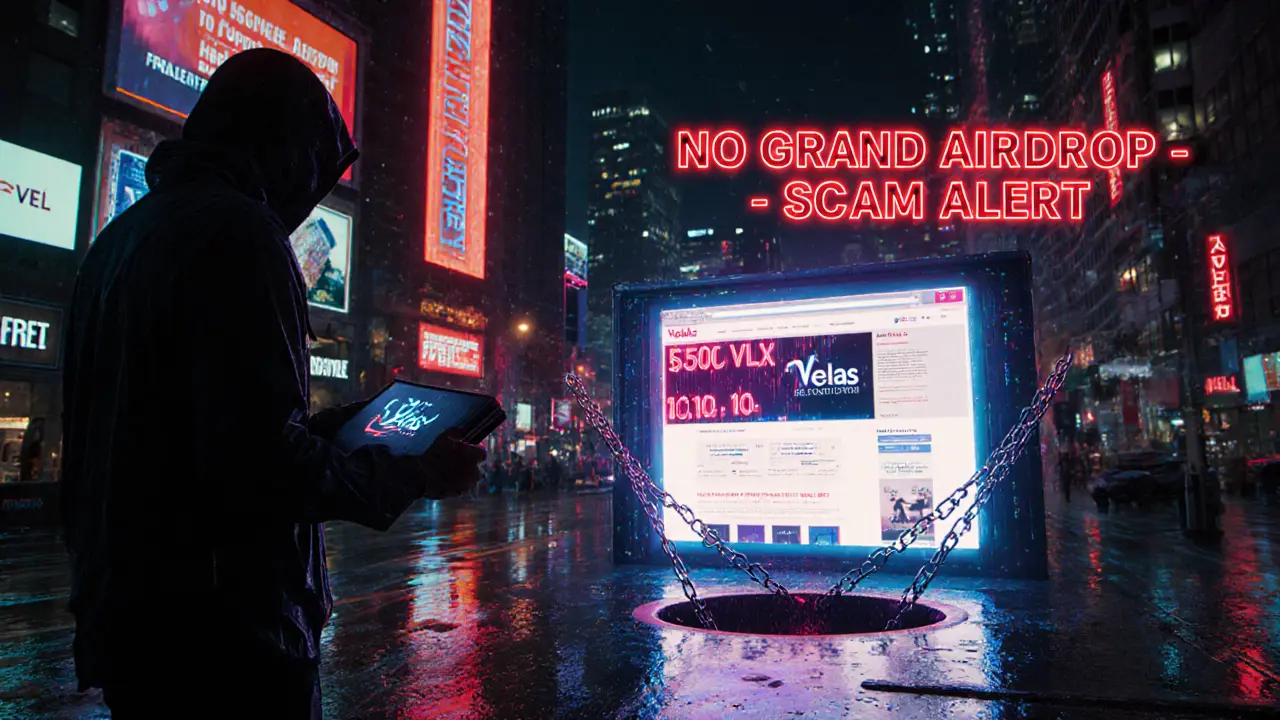Cryptocurrency Airdrop 2025: What’s Real, What’s a Scam
When you hear cryptocurrency airdrop, a free distribution of crypto tokens to wallet holders, often to grow a community or launch a new project. Also known as token giveaway, it’s one of the most talked-about ways to get crypto without buying it. But in 2025, most airdrops you see online are fake. Scammers copy real project names, fake social media accounts, and promise free tokens to steal your wallet keys. The real ones? They don’t ask for your seed phrase. They don’t send you links. And they rarely show up on random Telegram groups.
Real crypto airdrop scams, fraudulent campaigns designed to trick users into giving up personal data or paying fees to claim non-existent tokens are everywhere. Look at TigerMoon (TIGERMOON) or Apple Network (ANK)—both were promoted as big airdrops but had no team, no code, and no future. Then there’s the 1MIL airdrop from 1MillionNFTs: no such thing in 2025. These aren’t mistakes. They’re business models built on hype.
Meanwhile, actual airdrop token, a digital asset distributed for free to users who complete simple tasks like holding a coin or joining a community projects like HeroesTD (HTD) and Celestial (CELT) are real—but they don’t hand out free cash. HTD’s airdrop was tied to CoinMarketCap events, and CELT never did a public airdrop at all. You had to buy it on Bitget. That’s the pattern: real airdrops are rare, limited, and tied to verifiable platforms. They don’t need you to click a link. They don’t need you to send crypto first.
And here’s the truth most blogs won’t tell you: if an airdrop looks too easy, it’s probably a trap. No one gives away thousands of dollars worth of crypto just because you followed them on X. Real airdrops come from projects with audits, public teams, and active communities. They’re listed on CoinGecko or CoinMarketCap—not on random Discord servers. They don’t rush you. They don’t panic you. They just drop tokens into wallets that already held their coin.
That’s why the best way to find real DeFi airdrop, a token distribution tied to decentralized finance protocols, often rewarding early users or liquidity providers opportunities in 2025 is to watch what’s happening on-chain. If a project launches a new token and gives free units to people who used their DEX before the launch, that’s a real airdrop. If a project asks you to connect your wallet to a website you’ve never heard of, that’s a scam. Tools like blockchain explorers and mempool analyzers can help you spot real activity—but you don’t need them. You just need to ask: does this make sense?
By 2025, regulators are cracking down. The UK’s FCA, Germany’s BaFin, and even Turkey’s CMB are watching. Projects that run fake airdrops get shut down fast. That means the ones still running are either legit—or they’re so well-hidden they’re already gone. You can’t chase every free token. But you can learn to spot the ones worth your time.
Below, you’ll find real breakdowns of what’s happening with airdrops in 2025—not hype, not guesses. Just facts. What projects gave out tokens. What ones pretended to. And how to protect yourself before you click "claim".




